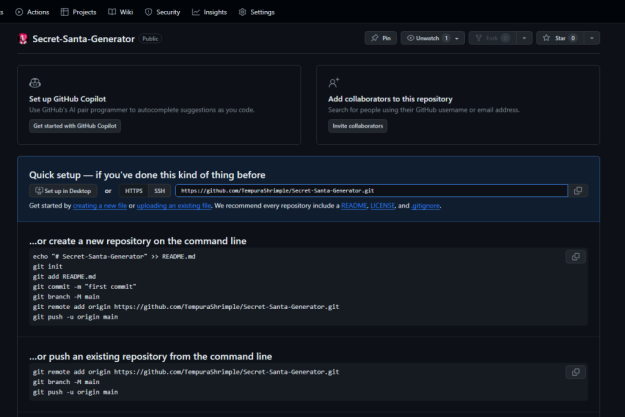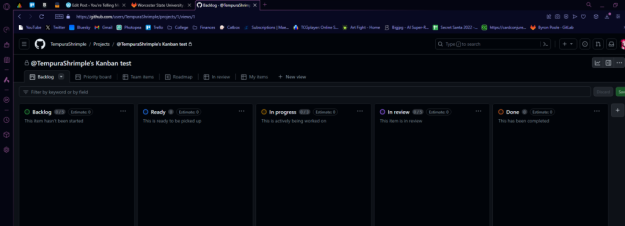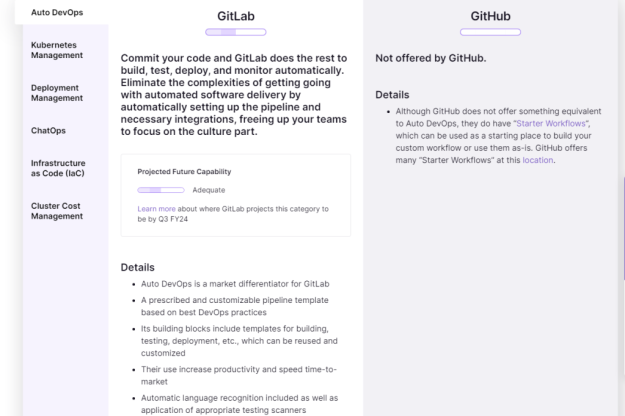Version Control in Software Process Management
I am Dipesh Bhatta, and I am writing this blog entry for CS-348 Software Process Management for Blog Quarter 1. I chose to write about version control and how it is applied in software process management. My chosen resource is an article entitled “What is Version Control?” by Atlassian’s Git tutorials ( https://www.atlassian.com/git/tutorials/what-is-version-control ). This passage explains what version control is, why software projects require it, and how developers use it in practice.
The passage defines version control as a process that records file changes over time. It allows several people to work on the same project simultaneously without losing work or overwriting each other’s work. Another important advantage is that version control has a complete history of the project, and developers can go back to an earlier version or reverse mistakes when necessary. The article also explains how the older systems, like the centralized ones such as Subversion (SVN), differ from newer distributed systems such as Git. Git has risen to be the most widely used version control system because it offers each developer a full copy of the project; thus, it is reliable and flexible. Apart from this, the article captures the workflows like branching, merging, and pull requests, which make collaboration safer and more structured.
I used this resource because version control is associated with managing the software process, the subject of CS-348. The course is all about managing software development in an organized fashion, and version control is one of the most important tools used to facilitate this process. I also wanted to understand the reason why version control is crucial and not just how to use it, since understanding its purpose makes me aware of its application in professional software development.
This article made me realize version control is not just saving code—it is a process of keeping collaboration and advancement. Without it, projects quickly become unmanageable, and you can’t even know who did what to the code. The explanation of Git branches was most helpful because it mirrors what we do in CS-348. Branches allow developers to experiment with new functionality without affecting the original codebase, and this is a clear demonstration of process management in action.
The article also got me to think about my own working habits. Writing good commitment messages, responsible use of branches, and adherence to a process-based workflow are all habits that enhance collaboration and project quality. These habits will benefit me in group projects from now on and later in professional work.
In short, version control is an essential part of software process management. It facilitates collaboration, organization, and accountability—all major themes in CS-348. By performing these routines throughout Blog Quarter 1, I am creating technical skills as well as professional routines that will benefit me throughout my career.
From the blog CS@Worcester – dipeshbhattaprofile by Dipesh Bhatta and used with permission of the author. All other rights reserved by the author.






